5G is the 5th generation of wireless technology. Users will know it as one of the fastest, most robust technologies the world has ever seen. That means quicker downloads, much lower lag, and a significant impact on how we live, work, and play.
However, in the deep underground, there are subway trains in the tunnel. Watching short videos on your phone is a great way to take a break on the subway train. How does 5G cover and work in the underground?
Based on the same requirements, 5G metro coverage is a critical issue for Telecommunication operators.
So, how does 5G work in the underground?
Metro station is equivalent to a multi-story basement, and it can be easily solved by traditional In-building solutions or new active Distributed antenna systems by operators. Each operator has a very mature plan. The only thing is to deploy as designed.
Therefore, the long subway tunnel is the focus of subway coverage.
Metro tunnels are usually more than 1,000 meters, accompanied by narrow and bends. If using the directional antenna, the signal grazing angle is small, the attenuation would be fast, and it easy to be blocked.
To solve these problems, the wireless signals need to be released uniformly along the direction of the tunnel to form a linear signal coverage, which is quite different from the three-sector coverage of the ground macro station. This requires a special antenna: a leaky cable.
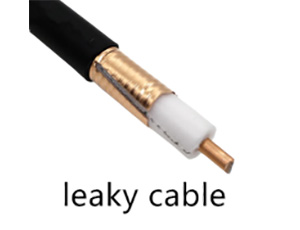
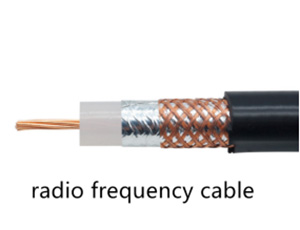
In general, radio-frequency cables, known as feeders, allow the signal to travel within a closed cable, not only can’t leaking the signal, but transmission loss can be as small as possible. So that the signal can be moved efficiently from the remote unit to the antenna, then radio waves can be efficiently transmitted through the antenna.
On the other hand, the leaky cable is different. The leaky cable is not fully shielded. It has a uniformly distributed leakage slot, that is, leaky cable as a series of small slots, allows the signal to leak out evenly through the slots.
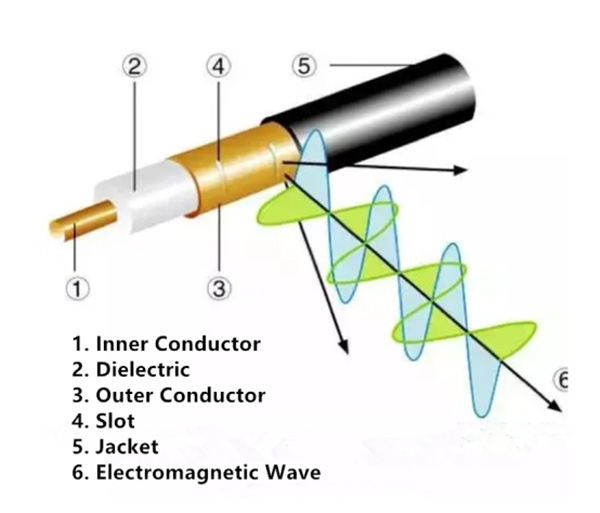
Once mobile phone receives the signals, signals can be sent through the slots to the inside of the cable and then transmitted to the Base Station. This allows two-way communication, tailor-made for linear scenarios like metro tunnels, which same as turning the traditional light bulbs into long fluorescent tubes.
Metro tunnel coverage can be solved by leaking cables, but there are issues need to solved by operators.
To serve their respective users, all operators need to carry out metro signal coverage. Given the limited tunnel space, if each operator building a set of equipment, could be waste resources and difficult. So it’s necessary to share the leaking cables and use a device that combines different spectrums from different operators and sends them into the leaky cable.
The device, which combines signals and spectrums from different operators, is called a Point of Interface (POI) Combiner. Combiners have the advantages of combine multi-signals and low insertion loss. It applies to the communication system.
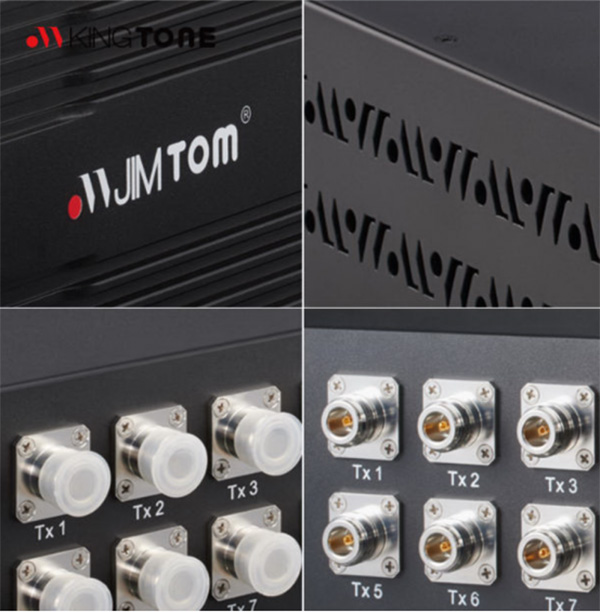
In the following picture shows, the POI combiner has several ports. It can easily combine 900MHz, 1800MHz, 2100MHz, and 2600MHz and other frequencies.
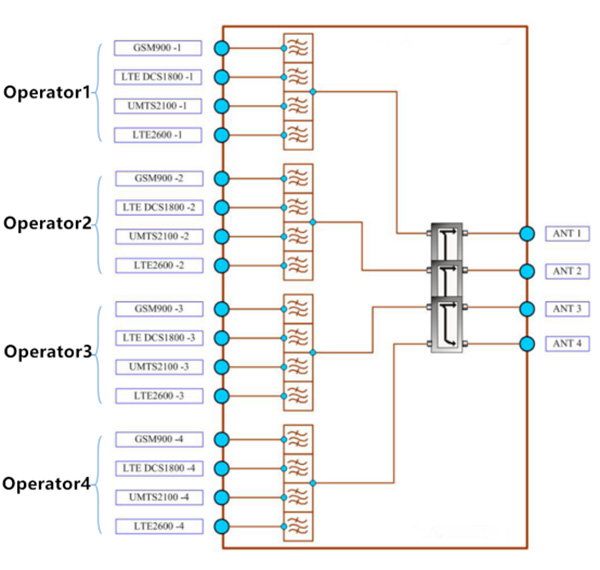
Starting from 3G, MIMO entered to the stage of mobile communications, becoming the most important means to increase system capacity; by 4G, 2*2MIMO has become the standard, 4*4MIMO is high level; until 5G era, 4*4 MIMO has become the standard, most of the mobile phone can support.
Therefore, metro tunnel coverage must support for 4*4MIMO. Due to each channel of the MIMO system needs an independent antenna, the tunnel coverage needs four parallel leaky cables to achieve 4*4MIMO.
As the following picture shows: 5G remote unit as a signal source, it outputs 4 signals, the combining them with the signals of other operators via a POI combiner, and feed them into 4 parallel leaky cables, it achieves the multi-channel dual communication. this is the most direct and effective way to increase system capacity.
Due to the high speed of the subway, even the cable leakage to cover the plot into a line, the mobile phones will be frequently switched and re-election at the junction of the plot.
To solve this problem, it can merge several communities into a super community, in logically belongs to one community, thus extending several times of the coverage of a single community. You can avoid switching and reselection too many times, but the capacity is also reduced, it appropriates suitable for low communication traffic areas.
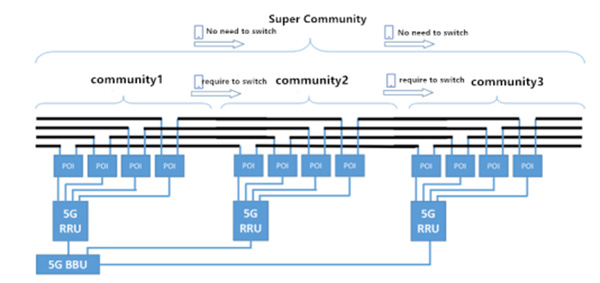
Thanks to the evolution of mobile communications, we can enjoy mobile signal anytime, anywhere, even deep underground.
In the future, everything is going to be transformed by 5G. The pace of technological change in decades past has been fast. The only thing we know for sure is that, in the future, it's going to be even faster. We're going to experience a technological shift that will transform people, businesses, and society as a whole.
Post time: Feb-02-2021

